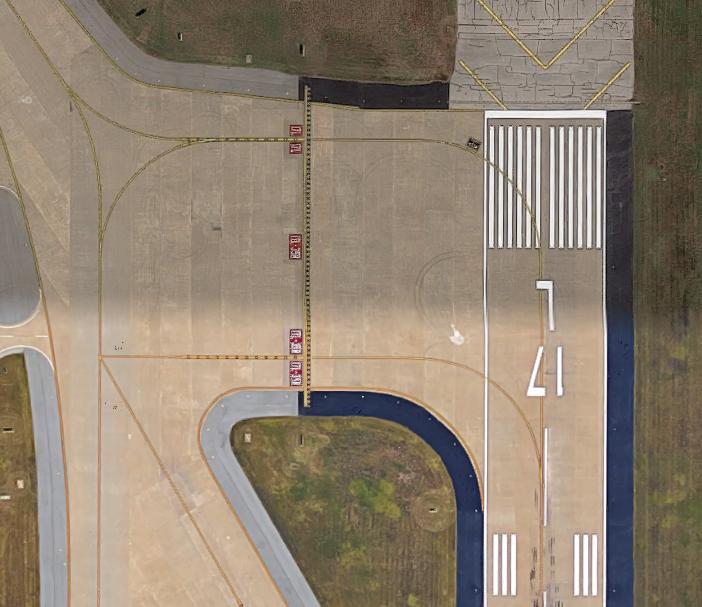The simplest thing is to ask someone local where runups are usually done: the FBO, Ground Control or another pilot. If you can't find out then you can do them anywhere you like as long as it's safe.
Some airports have specific runup areas but they aren't always obvious. For example, KPDK has runup areas at both ends of taxiway A, they're shown on the airport diagram as 'bulges' in the taxiway but they aren't labelled. You might notice them when you land and taxi but you might not. I've circled one of the runup areas in red here:

If there are no runup areas, the 'default' location is the one you remember from training: on the taxiway just before reaching the runway, angled into the wind. If the taxiway is wide enough, you can move to the edge so that other aircraft can pass you if they're ready before you. That's very common and it's what many pilots will expect you to do, even if you have to block the taxiway for a couple of minutes. This is where you have to use some judgement: if you know that you need to take your time on runups - perhaps it's an unfamiliar aircraft, or you've just had maintenance done and you're double-checking everything - then you might look for another spot where you won't be in the way.
Blocking other aircraft from reaching the runway is always a possibility, but at airports with a lot of GA traffic - and especially a lot of flight training - it's common and just something to be expected. That doesn't mean you should take forever doing your checks and of course some other pilots will always get annoyed at even minor delays, but if the only safe place to do runups is the taxiway then just do them there and the others will wait.
Another option is to do runups on the ramp or before entering the movement area so that you don't block other aircraft anywhere. That's especially important at airports with scheduled commercial flights because they usually have very precise departure times and getting stuck behind another aircraft for even a few minutes could be an issue. If you're in that environment, then you should definitely check with Ground Control what they want you to do. But be careful about doing runups on the ramp because of people and vehicles moving around. Also be wary about doing runups a long way from the runway: during a long taxi you might change something (e.g. the mixture or fuel controls) and then forget to reset it for takeoff.
The one place you should never do runups is on the runway itself. Sitting there for several minutes blocking the runway for landing traffic and unable to see final approach behind you isn't a good position to put yourself in.
Finally, avoiding blowing debris into other aircraft should be simple: just look around you, and don't position the aircraft so that your prop blast is going somewhere it shouldn't.



